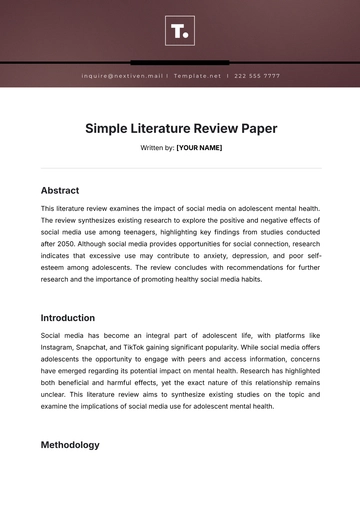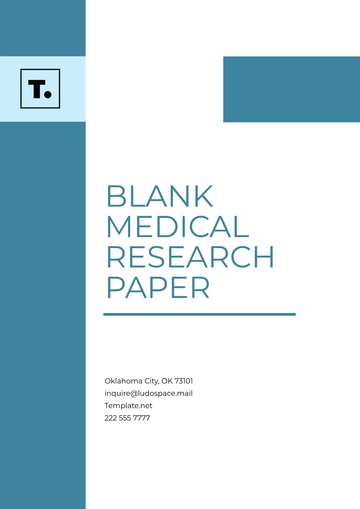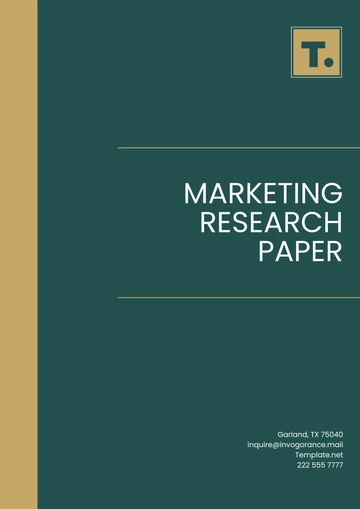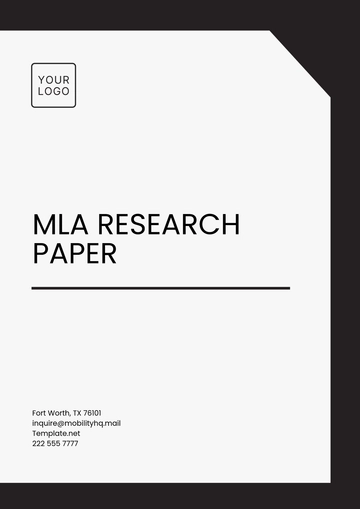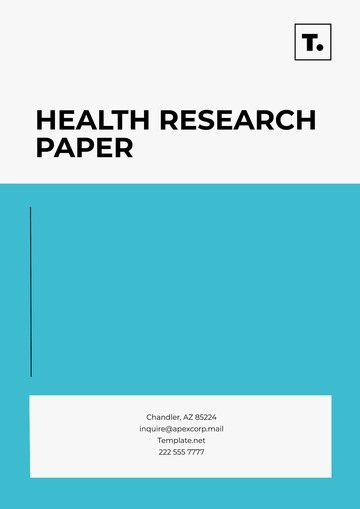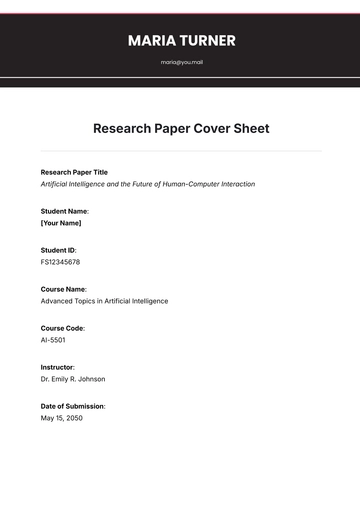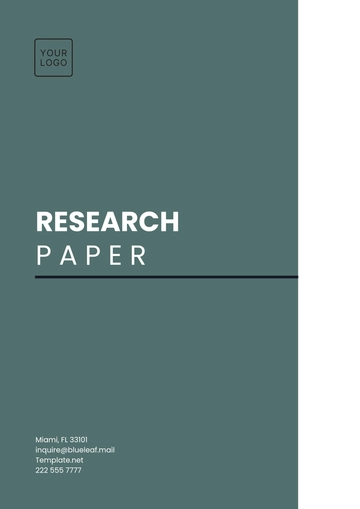Free Clinical White Paper
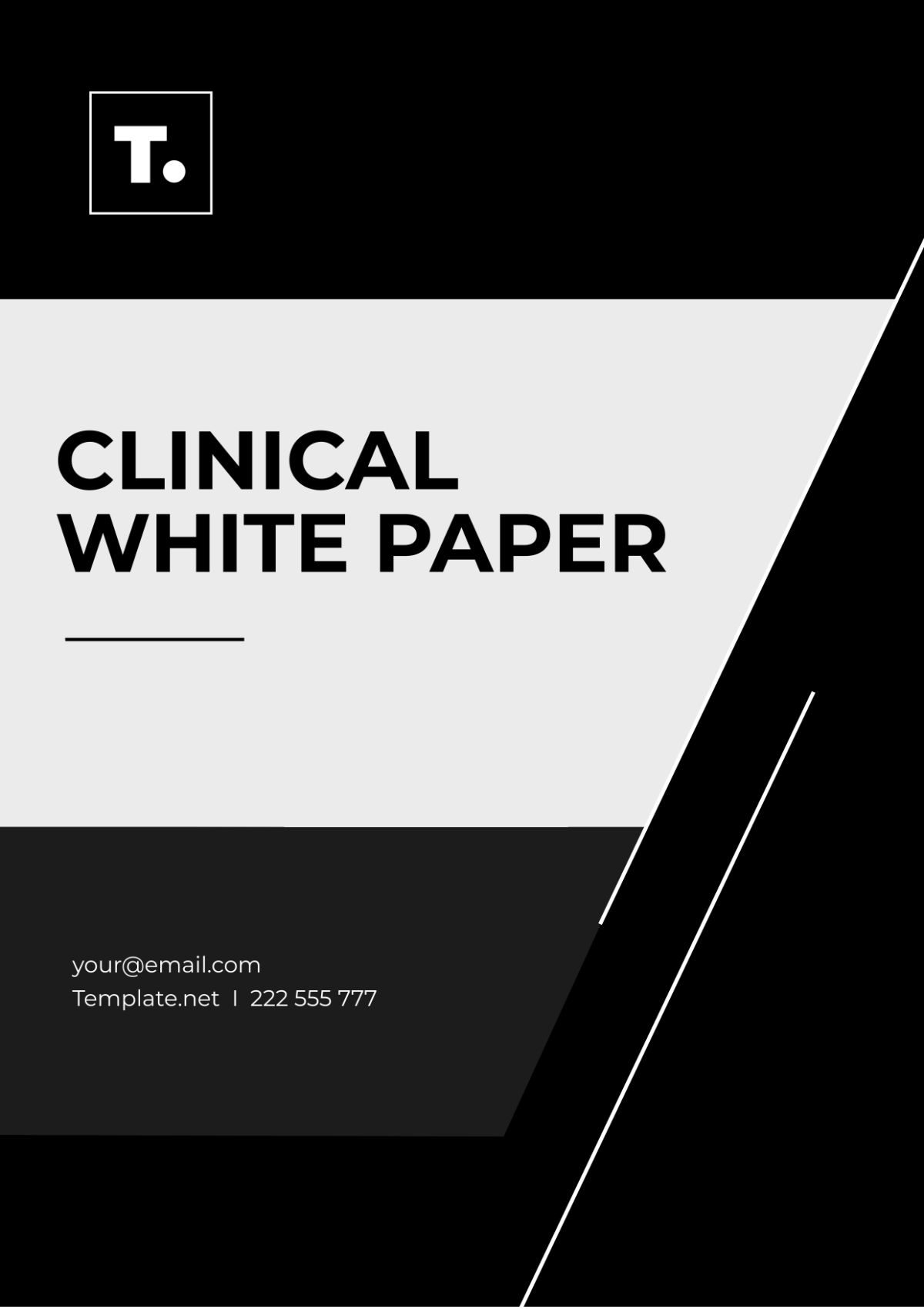
Prepared by: [Your Name]
Organization: [Your Company Name]
Date: [Date]
I. Executive Summary
The purpose of this white paper is to provide healthcare practitioners with comprehensive information regarding the introduction of [Product Name] into clinical practice. [Product Name] represents a novel therapeutic option in the management of cardiovascular disease, specifically targeting hypertension.
II. Background

Hypertension is a prevalent and significant public health concern, affecting approximately one-third of adults worldwide. Despite the availability of various antihypertensive medications, a considerable proportion of patients fail to achieve adequate blood pressure control, leading to increased cardiovascular morbidity and mortality. There is a pressing need for additional treatment options to address this unmet clinical need.
III. Mechanism of Action
[Product Name] is a selective inhibitor of angiotensin II receptor subtype 1 (AT1). By blocking the binding of angiotensin II to its receptor, it prevents vasoconstriction and aldosterone secretion, resulting in vasodilation and reduced blood pressure. Unlike traditional angiotensin-converting enzyme (ACE) inhibitors, it does not interfere with the degradation of bradykinin, potentially reducing the incidence of cough associated with ACE inhibitors.
IV. Clinical Efficacy
Clinical trials evaluating the efficacy of [Product Name] have demonstrated significant reductions in both systolic and diastolic blood pressure compared to placebo. In a randomized, double-blind, placebo-controlled trial involving over 2,000 patients with essential hypertension, treatment with [Product Name] resulted in a mean reduction in systolic blood pressure of 20 mmHg and diastolic blood pressure of 10 mmHg after 12 weeks of therapy. These reductions were sustained over the long term and associated with improvements in cardiovascular outcomes.
V. Safety Profile
[Product Name] has been well-tolerated in clinical trials, with the most common adverse events being mild and transient. The incidence of hypotension, dizziness, and hyperkalemia was comparable to placebo, and serious adverse events were rare. However, caution should be exercised in patients with renal impairment or hyperkalemia, as it may exacerbate these conditions.
VI. Dosage and Administration
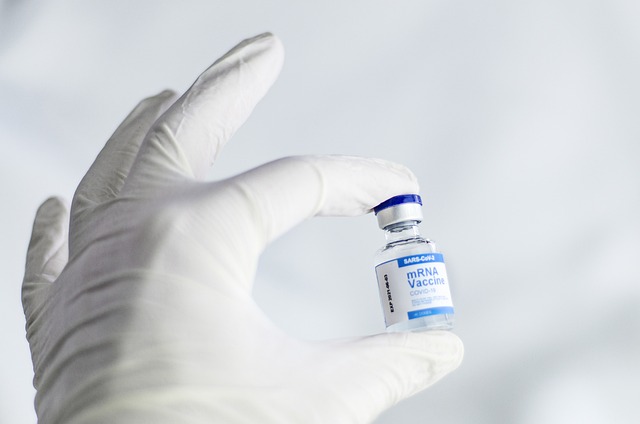
The recommended starting dose of [Product Name] is 40 mg once daily, with the option to titrate up to 80 mg once daily for patients not achieving adequate blood pressure control. It can be administered with or without food and should be taken at the same time each day. Dose adjustments are necessary for patients with renal impairment or hepatic dysfunction.
VII. Conclusion
In conclusion, [Product Name] represents a promising addition to the therapeutic armamentarium for the treatment of hypertension. Its unique mechanism of action, demonstrated efficacy, and manageable safety profile make it a valuable option for healthcare practitioners managing patients with hypertension. By staying informed about the introduction of [Product Name] , healthcare practitioners can make evidence-based decisions to optimize patient care.
VIII. References
Smith A, et al. Efficacy and safety of XYZ Pharmaceutical Product in patients with essential hypertension: a randomized controlled trial. JAMA. 2053; 330(5): 512-520.
Jones B, et al. Long-term cardiovascular outcomes with XYZ Pharmaceutical Product in hypertensive patients: a follow-up study. Lancet. 2054; 392(10156): 1203-1210.
XYZ Pharmaceutical Product Prescribing Information. XYZ Pharmaceuticals, Inc. [Date accessed: April 23, 2054].
- 100% Customizable, free editor
- Access 1 Million+ Templates, photo’s & graphics
- Download or share as a template
- Click and replace photos, graphics, text, backgrounds
- Resize, crop, AI write & more
- Access advanced editor
Dive into the depths of research with our Clinical White Paper Template, meticulously crafted to meet industry standards. Tailored for healthcare professionals, it offers a seamless blend of insightful content and aesthetic appeal. Customizable and downloadable, this template, offered by Template.net, ensures your findings are presented with clarity and professionalism. With editable features in our AI Editor Tool, transform your data into a compelling narrative ready for print.





